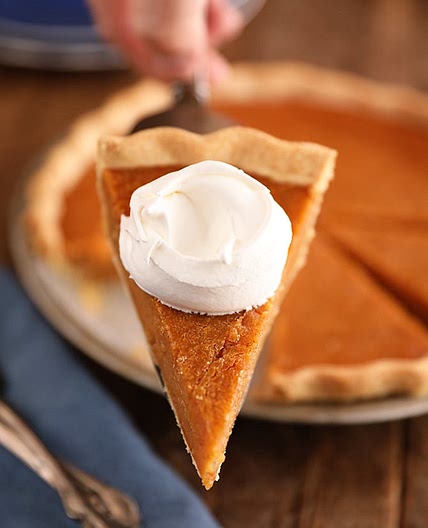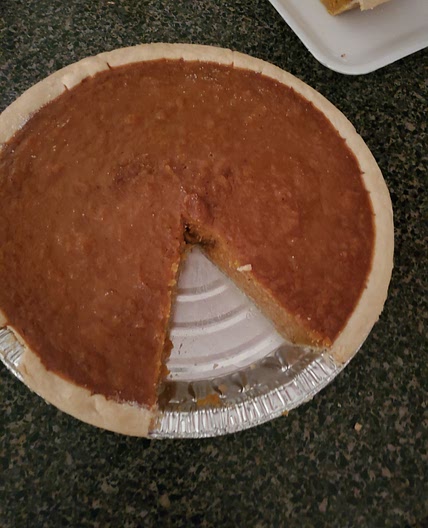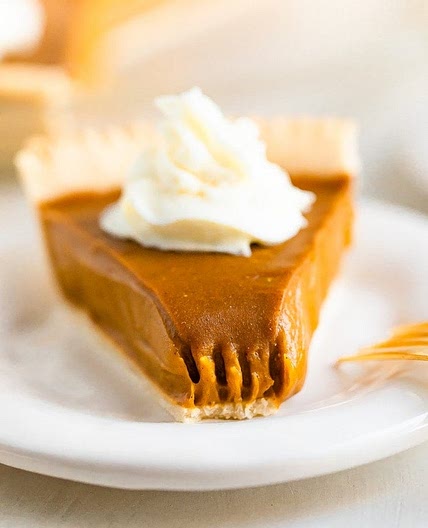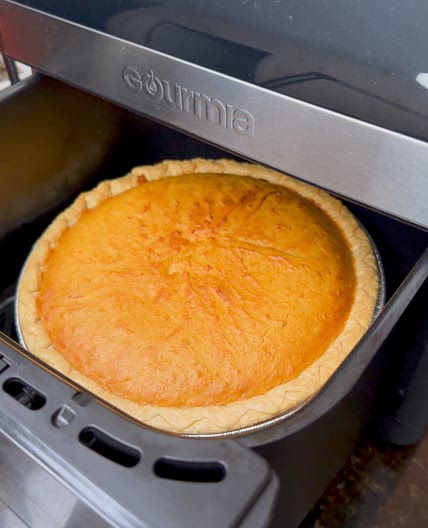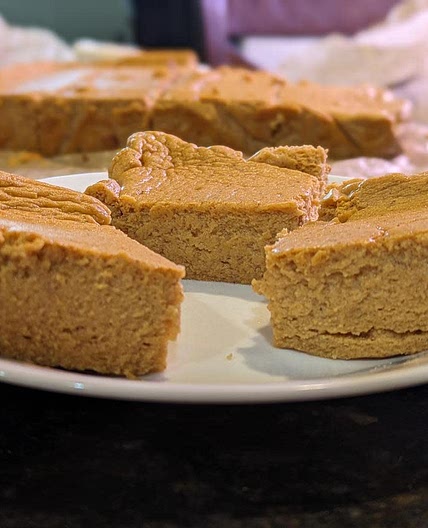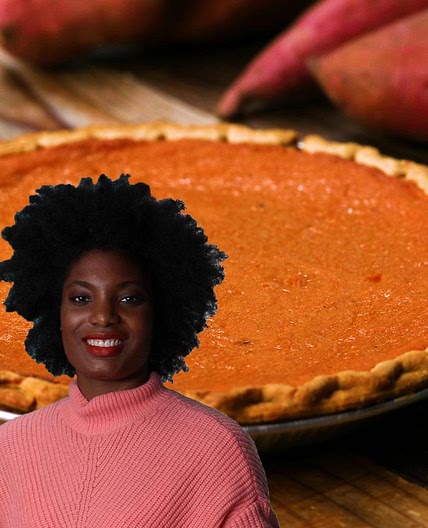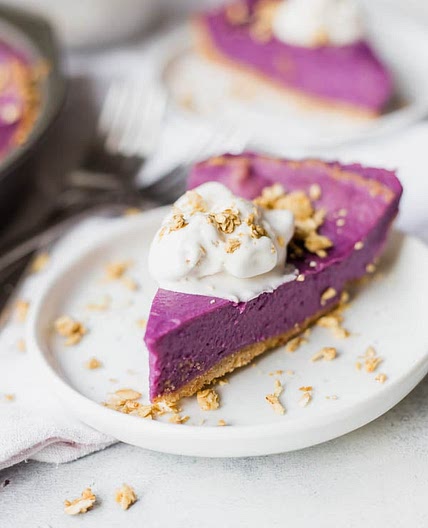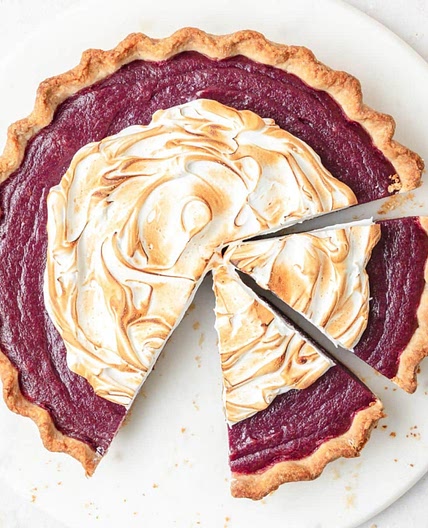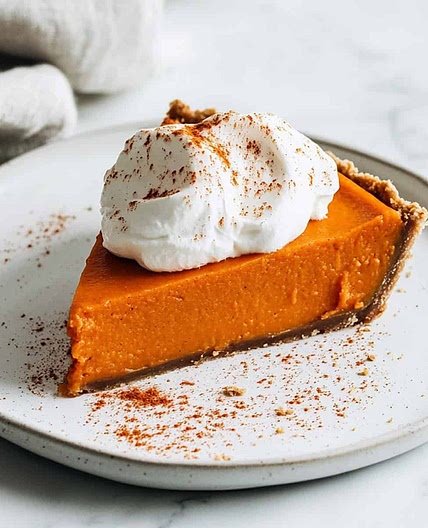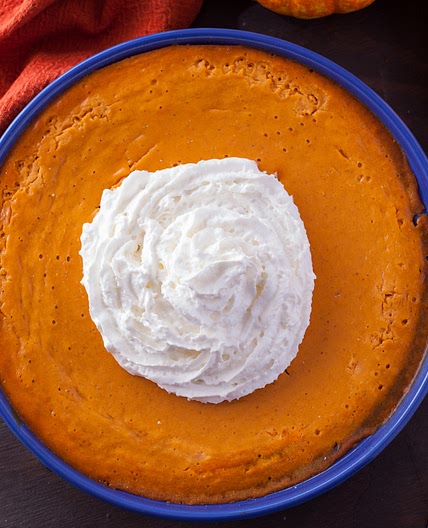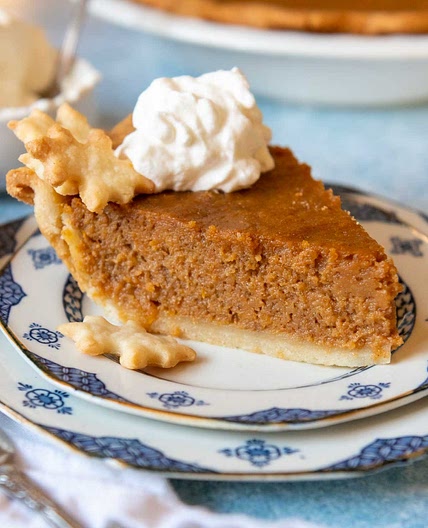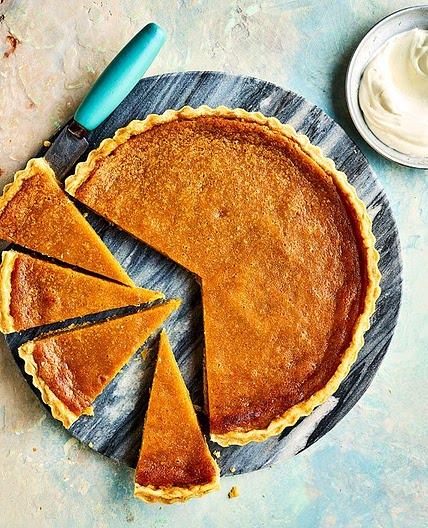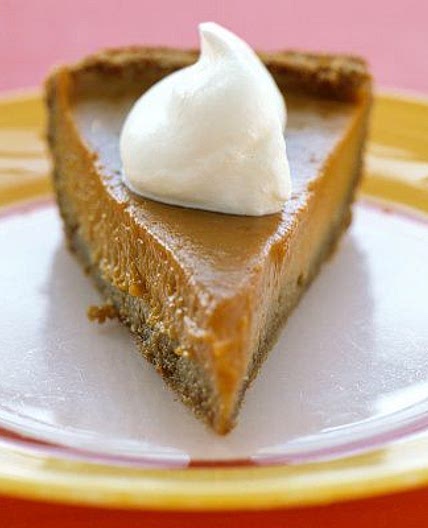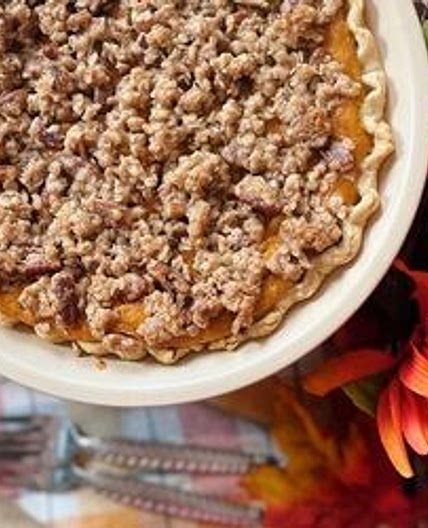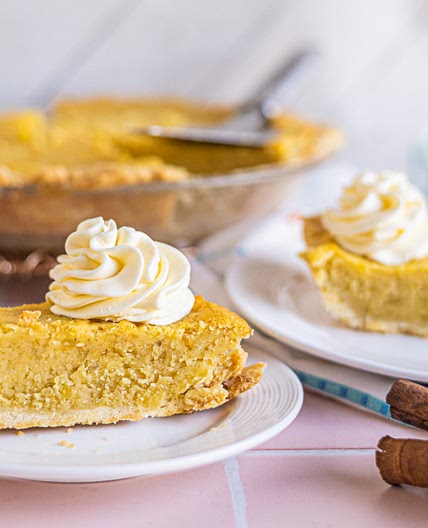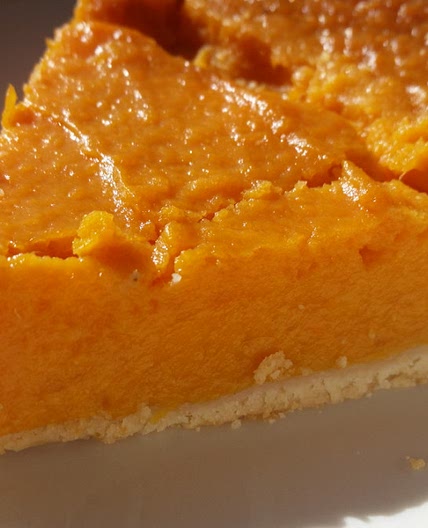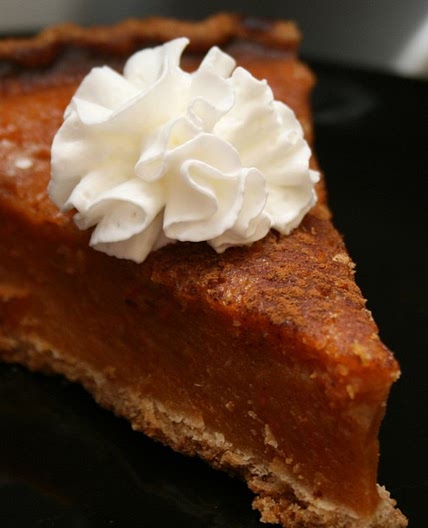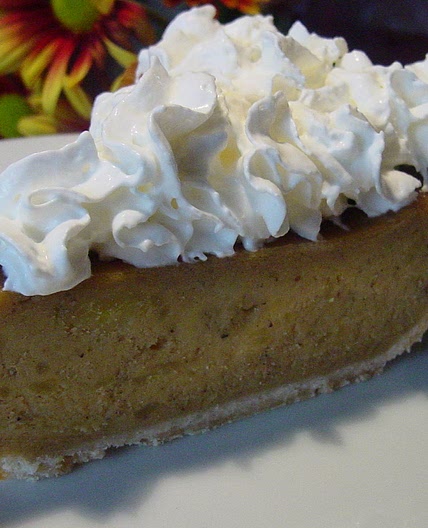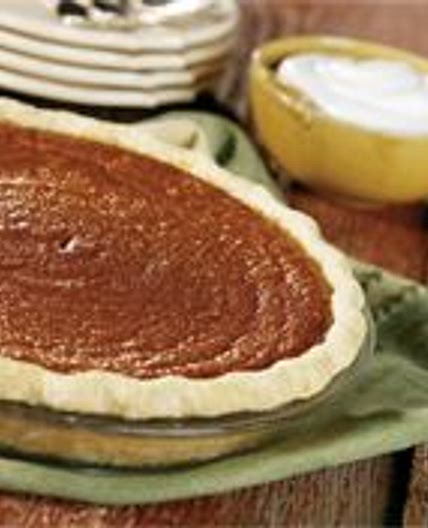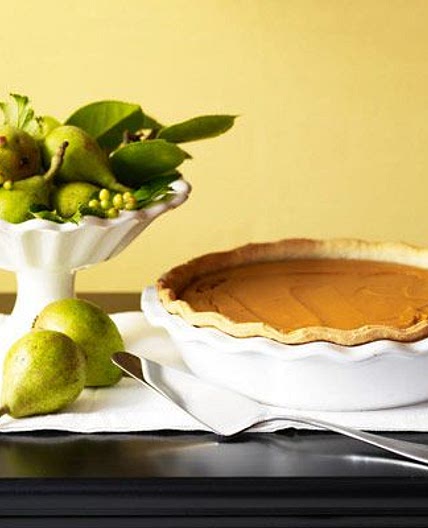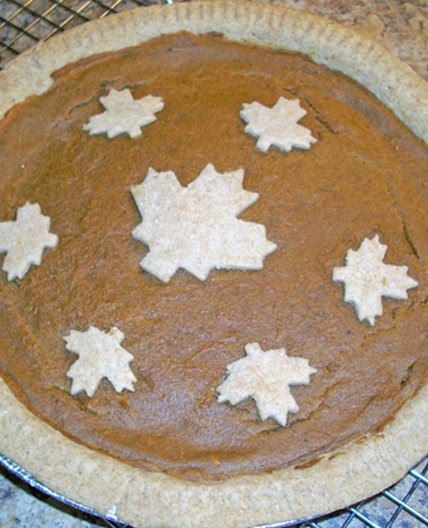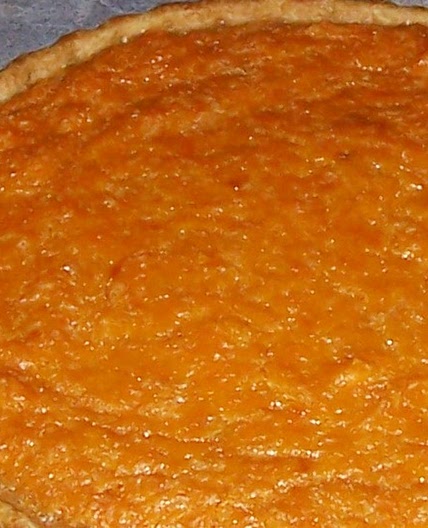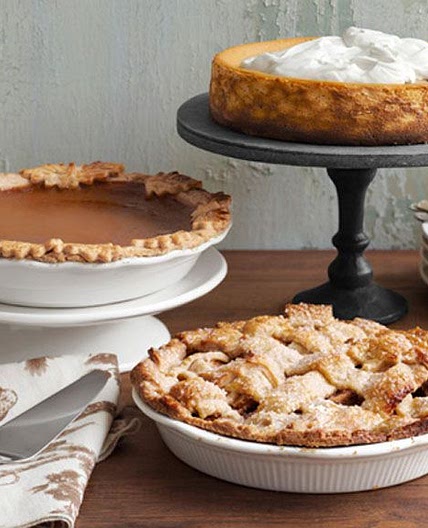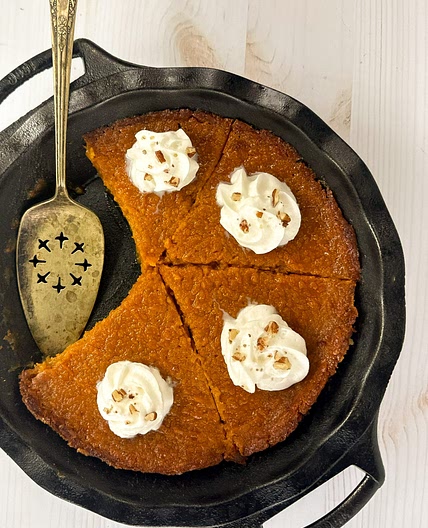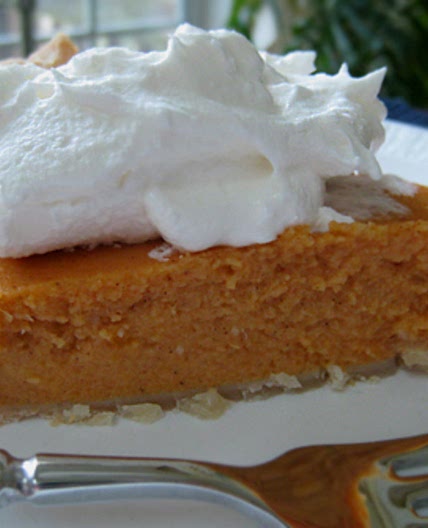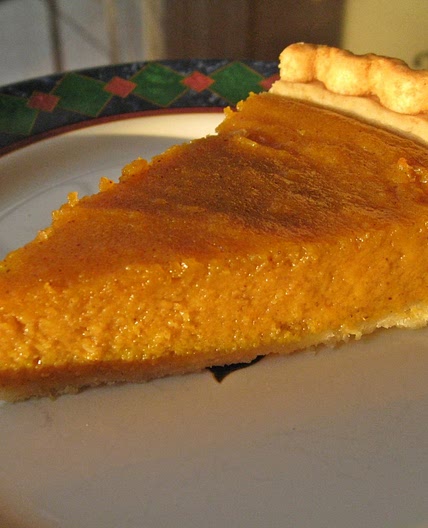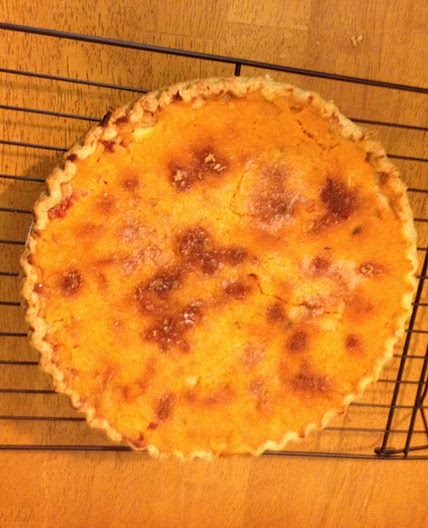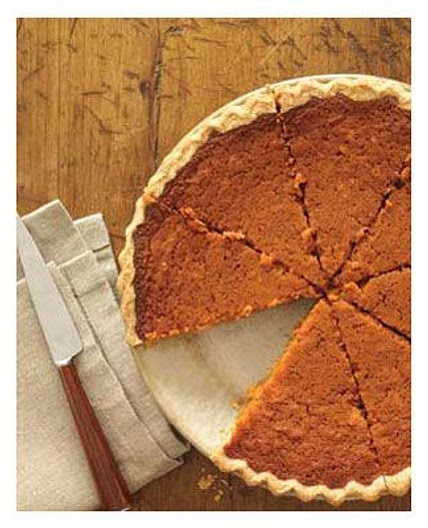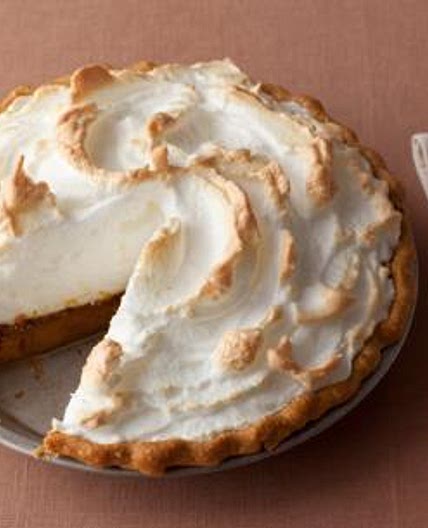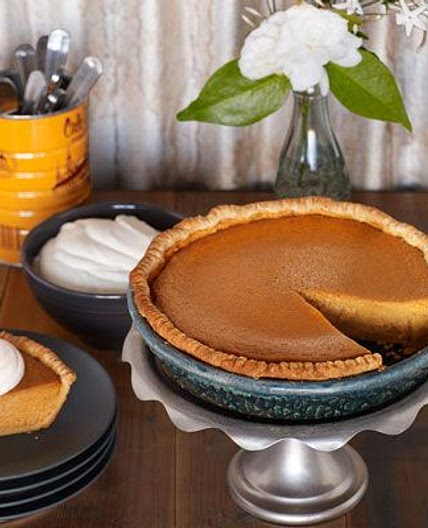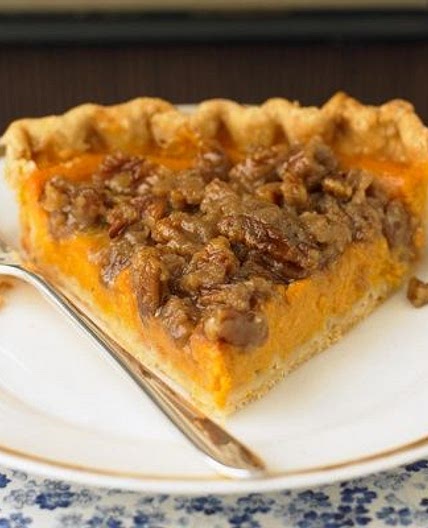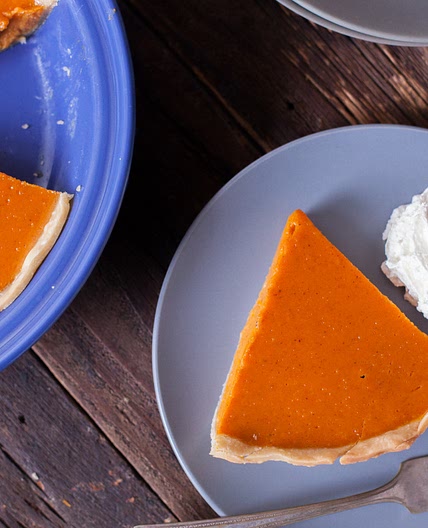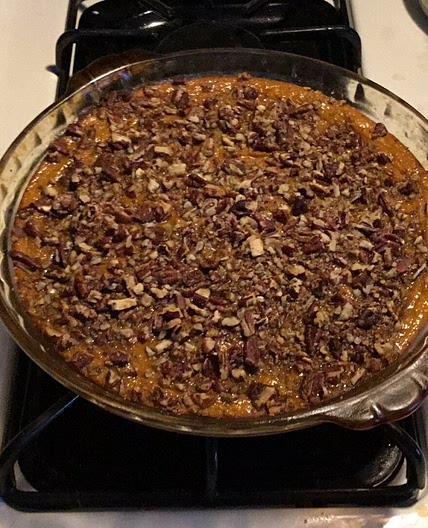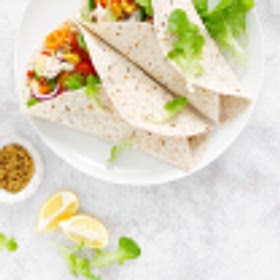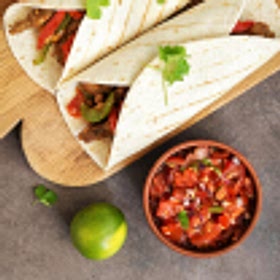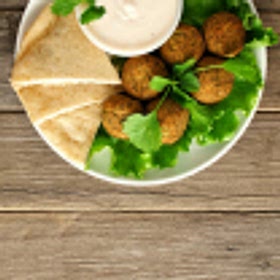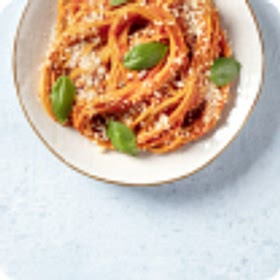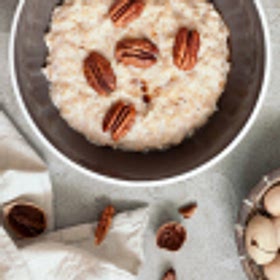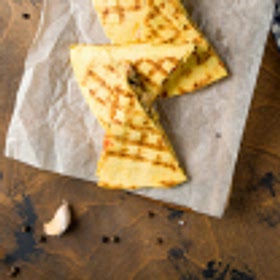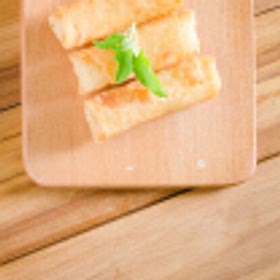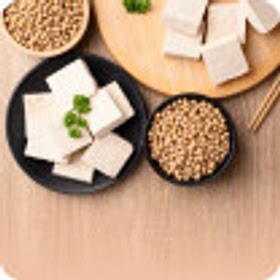
38+ Sweet potato pie Recipes
Discover the delightful flavors of sweet potato pie, a beloved Southern dessert. Learn how to make a delicious sweet potato pie, the reasons behind common issues like pie falling apart, and the unique taste that sets it apart. Find out why sweet potato pie has become a cherished tradition in the South.
Nutrition per serving size(1823g)
- Energy: 0
- Total Fat: 0
- Saturated Fat: 0
- Carbohydrate Total: 0
- Sugars: 0
- Protein: 0
- Sodium: 0
- Fiber: 0
- Trans Fat: 0
- Monounsaturated Fat: 0
- Polyunsaturated Fat: 0
- Cholesterol: 0
- Calcium: 0
- Magnesium: 0
- Potassium: 0
- Iron: 0
- Zinc: 0
- Phosphorus: 0
- Vitamin A: 0
- Vitamin C: 0
- Thiamin B1: 0
- Riboflavin B2: 0
- Niacin B3: 0
- Vitamin B6: 0
- Folic Acid B9: 0
- Vitamin B12: 0
- Vitamin D: 0
- Vitamin E: 0
- Vitamin K: 0
- Tryptophan: 0
- Alpha Carotene: 0
- Beta Carotene: 0
- Omega 3 DHA: 0
- Omega 3 EPA: 0
Sweet potato pie is a classic dessert that holds a special place in the hearts and taste buds of many. This Southern delicacy combines the natural sweetness of sweet potatoes with a luscious, creamy filling and a flaky crust.
If you’re not from the US, sweet potato pie might sound strange. It’s a vegetable! Why would it be in a pie? Luckily, we’re here to answer some of those exact questions – and others. Like how to prevent a pie from falling apart and why it has gained popularity in the South, particular.y.
A Slice of History
Sweet potato pie has a rich history rooted in Southern culinary traditions. With its origins tracing back to African, Native American, and European influences, this pie has become an iconic dessert in the United States. Almost as (or maybe more?) iconic than pumpkin pie.
It has its roots in the African practice of using sweet potatoes in cooking, which eventually merged with European pie-making techniques. The result was a blend of flavors and textures that would soon captivate American tastebuds.
What Does Sweet Potato Pie Taste Like?
The reason people keep coming back to sweet potato pie for celebrations like Thanksgiving is its distinct taste. The pie has a velvety-smooth filling made from cooked and mashed sweet potatoes. The flavor profile is a balance of natural sweetness from the sweet potatoes themselves as well as some added sugars, plus warm spices such as cinnamon, nutmeg, and a hint of vanilla. The combination of these ingredients creates a comforting dessert with a wintery, festive smell. The pie crust, which is meant to be buttery and flaky, provides a delicious contrast to the creamy filling.
Common Sweet Potato Pie Problems
If your sweet potato pie isn’t coming out quite right, you might find the answer to your problem right here.
1. How do you stiffen a sweet potato pie?
If your sweet potato pie is too runny or lacks structure, there are a few steps you can take to achieve a firmer texture. Consider adding an additional egg or a tablespoon of cornstarch to the filling mixture before baking. These ingredients help bind the filling together and give it a firmer consistency. Additionally, make sure to bake the pie for the right amount of time to ensure it sets properly. No shortcuts here!
2. Why does my sweet potato pie fall apart?
A common issue with sweet potato pie is that it can sometimes fall apart when sliced or served. This is usually either because there aren’t enough binding agents (like egg) or because the pie has been undercooked. To prevent this, make sure to thoroughly mix the filling ingredients, including eggs and a thickening agent like cornstarch or flour.
3. Why is sweet potato pie popular in the South?
Sweet potato pie holds a special place in Southern cuisine and culture. The South has a rich history of cultivating sweet potatoes, and the vegetable became a staple ingredient in many traditional dishes.The sweet potato, which is native to the Americas, was likely used by African slaves as an alternative to yam. You can, however, trace dishes similar to sweet potato pie all the way back to Peru during the 16th century.
Is sweet potato pie healthy?
Sweet potato pie, while delicious and indulgent, isn’t considered to be a healthy food in the traditional sense. However, sweet potatoes themselves are highly nutritious and offer several health benefits. They are a great source of dietary fiber, vitamins A and C, potassium, and antioxidants. These nutrients contribute to overall well-being and support a healthy immune system.
The healthiness of sweet potato pie largely depends on the recipe and preparation methods. Traditional sweet potato pie recipes often contain ingredients like butter, added sugar, and heavy cream, which can add calories and saturated fats. Moderation is key when enjoying sweet potato pie to balance indulgence with a well-rounded diet.
There are ways to make sweet potato pie healthier without compromising on taste. Consider using alternative sweeteners like maple syrup or honey instead of refined sugar. You can also opt for lighter variations by using reduced-fat dairy or plant-based alternatives, such as almond milk or coconut milk. Additionally, experimenting with crust alternatives like an oat or nut crust can add extra nutrients and sometimes reduce the overall calorie content too.


